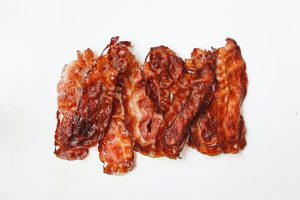
Effective Tips to Make Dehydrated Jerky at Home
Welcome to BoatBasinCafe, where we guide you through the art of food preparation! Today, we’ll delve into how to craft the perfect dehydrated jerky at

Welcome to BoatBasinCafe, where we guide you through the art of food preparation! Today, we’ll delve into how to craft the perfect dehydrated jerky at
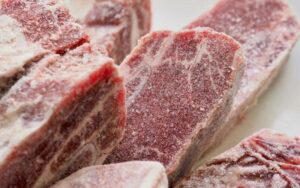
Have you ever been told that to get the best steak, you need to thaw it first? Most of us have. And most of us
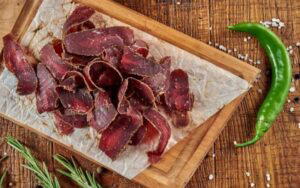
Beef jerky is a delicious snack that many adore. But have you ever pondered over its shelf life? How long does beef jerky last? Dive

We all love cream cheese for its rich, smooth texture and mouthful feeling. A freshly toasted bagel with some cream cheese on top is all
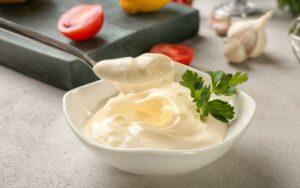
Mayonnaise – an essential in many kitchens, yet often surrounded by health concerns. While its creamy texture makes it a favorite, there are healthier alternatives

Does your chicken taste off or seem stringy? The key might lie in understanding the art of marination. Let’s dive into the science and flavor

Pasta, it’s not just food. It’s an experience. An entity that has tied cultures, tales, and traditions. From a small street in Italy to a
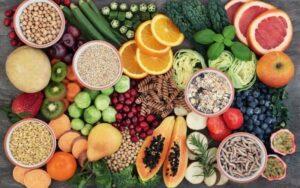
So many people (cough, non-vegans) just assume vegan breakfast means a butterless toast with a black cup of coffee. The reality couldn’t be far from
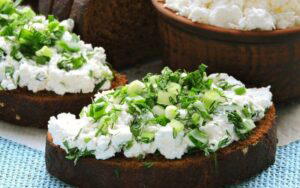
Ever found yourself with an abundance of cottage cheese? You’re not alone. One time, I ended up with seven large containers of the stuff! No
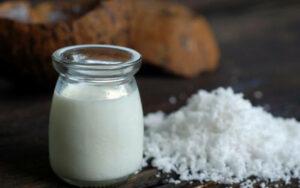
In the vibrant hustle of downtown New York, the bustling Boat Basin Cafe buzzed with a compelling question – “Can coconut milk truly replace regular